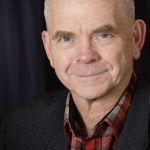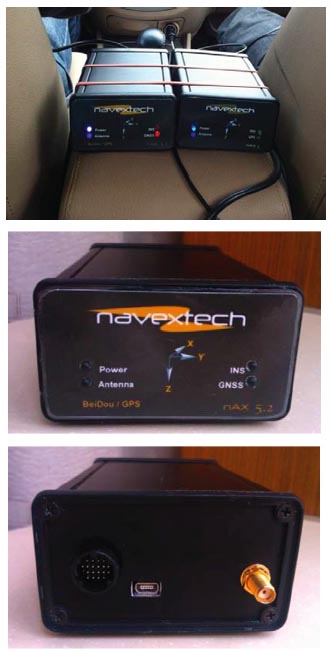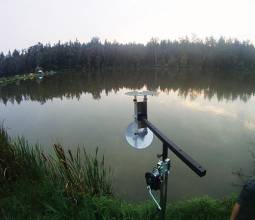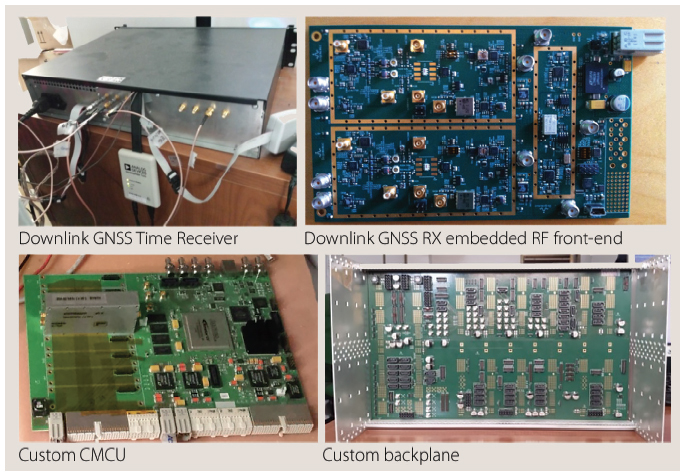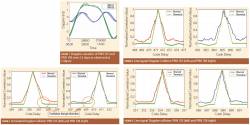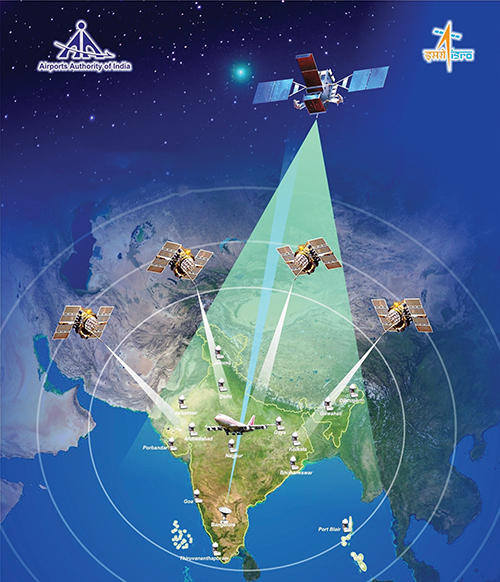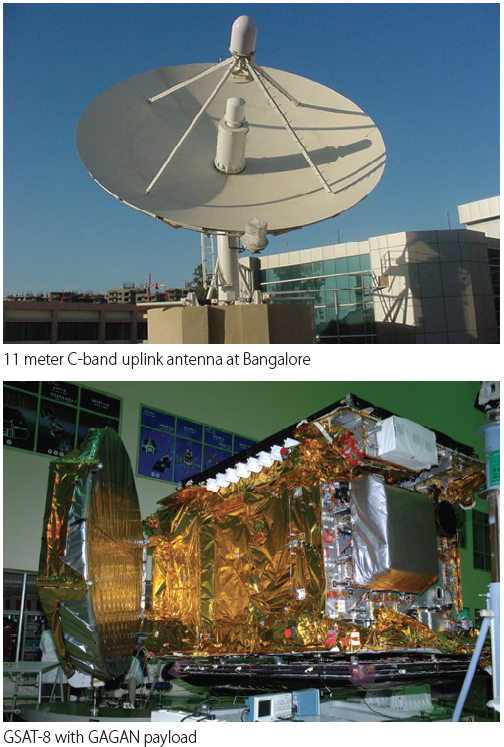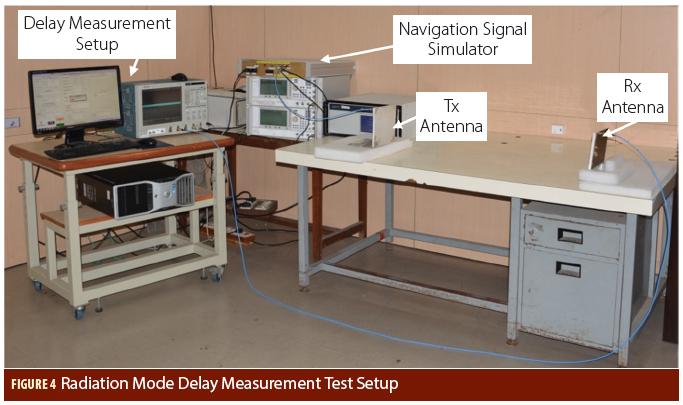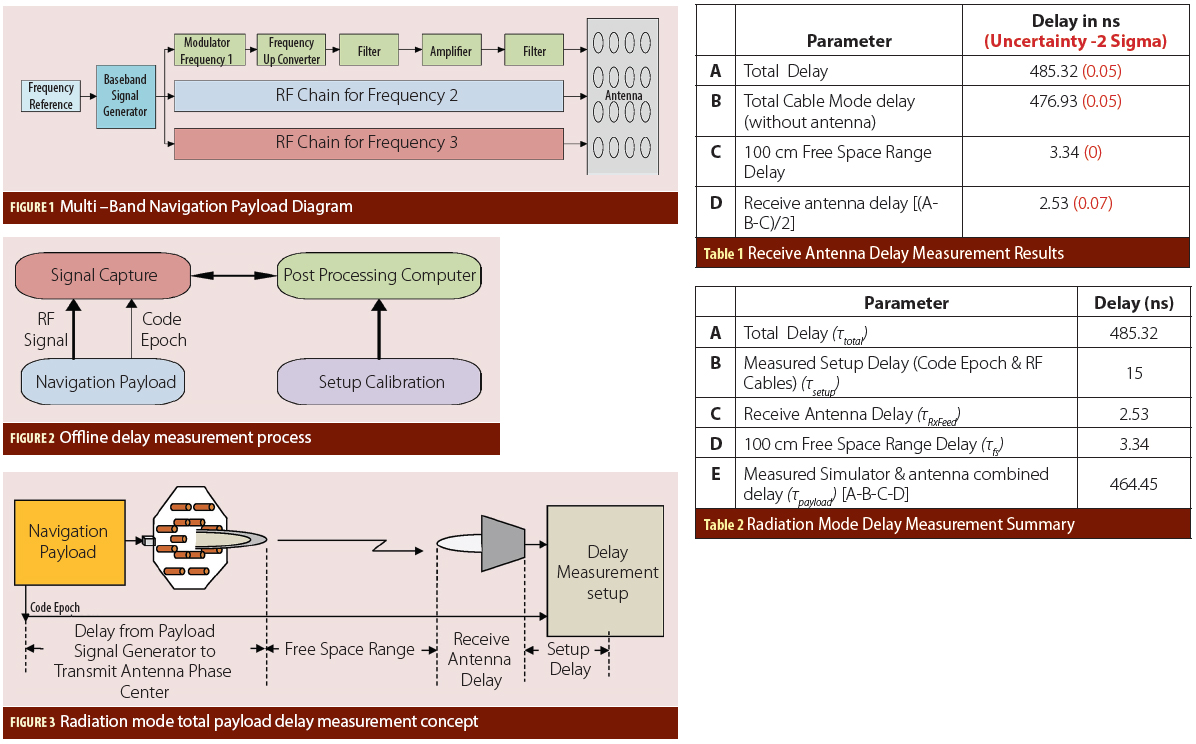TSS 2016: Toulouse Space Show
 Baudis conference center, Toulouse
Baudis conference center, ToulouseThe 5th Toulouse Space Show will take place June 28 – 30, 2016 at the Pierre Baudis Congress Centre in Toulouse, France.
Online registration is available.
The trade show / B2B forum is entirely focused on the space supply chain, space applications and space infrastructures. The event program includes an international exhibition, conference and prearranged B2B meetings, with technical parallel sessions and networking events.
By Inside GNSS


